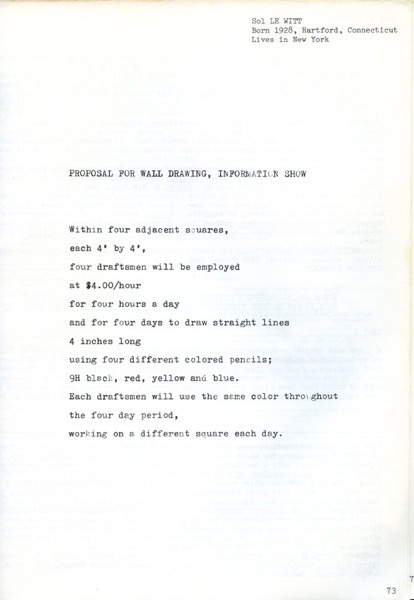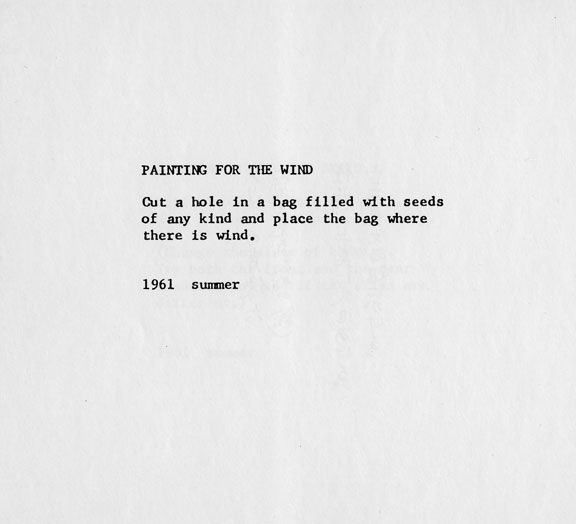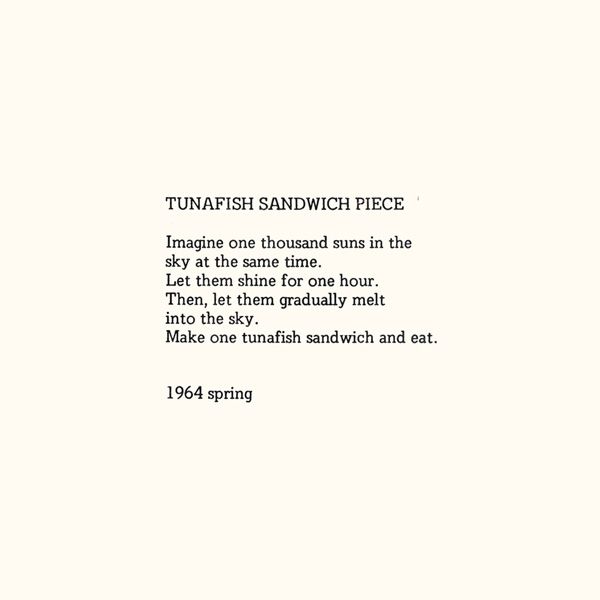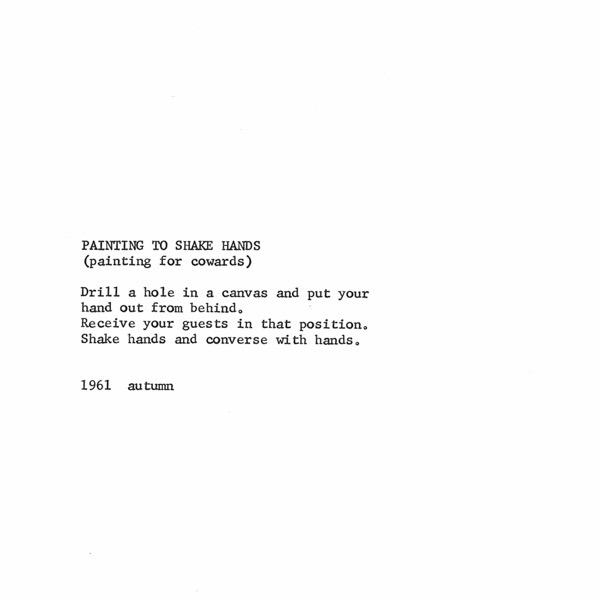Four Cubes- From a distance
Here are some videos on conceptual art, if you are having hard time, watch these!
As we switch to an online class, we will continue our investigation into cubes. We are going to skip the cast cube, and move on to slightly altered cubes 3 and 4.
Remember, you are trying to articulate novel ways oof implanting an image of a cube into your viewers brains.
Cube 3
Cube 3 is still a virtual or non physical cube. Can you use light, sound, or some other non-physical material to “make” a cube? What about performance? What would a psychic cube “look” like?
Now that you are out of the studio, what resources do you have to make a non physical cube? Can you describe a cube over the internet? Using video chat? By overlaying 6 YouTube videos? What is the line between the artist’s conception and the viewers reception? How is form relayed Ito the mind of someone else? What does it mean to experience a cube?
Cube 4
In the new cube 4, you will be taking inspiration from conceptual artist Sol Lewitt. For this cube, you will only design a cube using a set of instructions. We will then randomly switch instructions and each make a cube using the instructions from someone else.
Here you will be investigating the notion of where the art lies. Is it in the idea? The execution? Somewhere in between? Your instructions can be practical and deliberate or poetic and abstract. Your only limitations are requiring the use of simple materials available to everyone.
Here are some examples of instructions for making art by Sol Lewitt and Yoko Ono
How do the instructions make you think about the interests and personalities of the artists? How will you put yourselves in your instructions? Read these articles to further your research.







